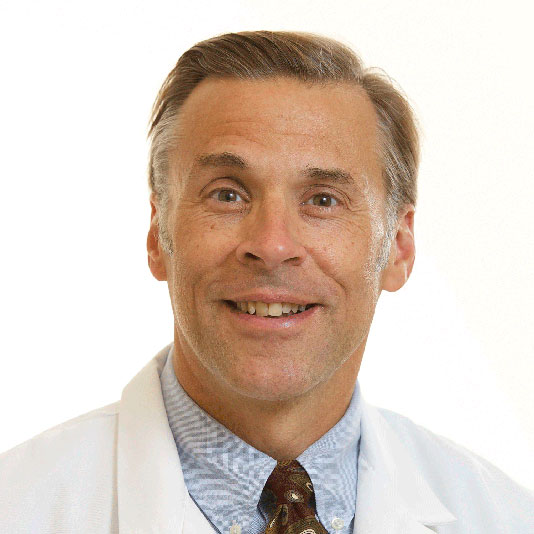As a sports medicine physician and knee and shoulder specialist, I see all kinds of athletes with all kinds of sports interests, competitive and recreational, old and young. It is a joy to help them get healthy and return to their passions. I enjoy covering games, and have been lucky and healthy enough to continue to be active in sports. They are important to my lifestyle and I hope to continue as I get older.
There are many different sports. Many are team oriented, while others are individual efforts. Running and triathlon are mostly solo efforts. However, it is intuitive that in team sports, a solo performance, even a good one, although contributory, may actually be detrimental to the outcome of the team.
I like to think of the care I provide for knee and shoulder problems as very much analogous to but one component of a team sport. I may be the team captain, but to succeed, everyone must contribute for the outcome to be optimized, and to “win”. One needs good offense, defense, special teams, and goalkeeping. And one always needs some luck.
I like to tell patients that surgery is only 25% of the solution. It is a very important 25%, but good surgery will not, in and of itself, produce a good outcome. Good surgical technique is necessary, but not sufficient. There are many things outside the control of the surgeon: the rehabilitation process, the patient’s compliance and cooperation, and “nature”, i.e.- the healing process. A good surgeon must think of more than just the mechanics of the surgery. Timing is important, technique is important, concomitant diseases or conditions are important, risk assessment is important. These all play a critical role, and must be considered and optimized. For example, performing an ACL reconstruction too soon after an injury, when the knee is not yet ready, can prolong the rehabilitation course and contribute to stiffness and weakness. Stabilization of other medical conditions, e.g.- diabetes, which can contribute to post-op complications, is also important to ensure a better outcome. There is much more to surgery than just making incisions and repairing or reconstructing injured or diseased anatomy. Sometimes, the best surgery is no surgery. Not all conditions, patients, or injuries will benefit from surgical management. We always must consider non-operative management. Sometimes it is the best way.
25% of knee and shoulder surgical results depend on proper rehabilitation (physical therapy), both pre-operatively and post-operatively. Pre-op rehab helps get the patient ready both mentally and physically, and of course, post-op rehab is essential to protect repaired tissue and help restore function on a schedule or protocol, based upon understanding of the healing process. Experience with the rehab principles is critical, as well as consistency of message and ongoing follow-up management. I personally think rehab is as important as the surgery for the ultimate result, and I follow the rehab process very closely. It is also important to understand that not all orthopedic conditions are as dependent upon post-op rehab as knee and shoulder conditions. I welcome communication with the physical therapist and athletic trainer at all times during patient care. This is extremely important.
25% of the outcome depends upon the patient. Patients typically overestimate the role of the doctor and underestimate their own role in reaching a good outcome. Patients must understand the risks and benefits of their treatment options, and their essential role in the process. They must understand and respect the need for rigid compliance and adherence to the limitations of their activities post-op, and the reasons for these limitations. Doing too much can be as bad as doing too little. After nearly 30 years of practice, I am still amazed at how often many patients simply just ignore or downplay key instructions, such as regular PT attendance, weight bearing limits, brace or sling use, activity and sport restrictions, lifestyle modifications (especially driving), etc., even after redundant discussions and reminders. Small departures from these recommendations can have significant implications for outcomes. Non-compliance knows to bounds relative to intelligence, economic status, age and sex. Over time, I often spend more time talking with the patient about their homework and obligations than it takes to actually do the surgery.
Even with good surgery, good rehabilitation, AND good patient compliance and effort, sometimes things just do not turn out as expected, sometimes for worse, but sometimes also for better. That is where nature comes in. We can guess and use statistics to predict results, but in any individual case, nature does what it does. It is impossible to completely predict and control the healing process, and despite best efforts by all, sometimes there are unexpected challenges along the way. Inflammation, scar tissue, and muscle recovery are all individual variables, and can be troublesome. Since we cannot really fully control the healing process, we must be most diligent regarding the things that can be controlled. I see control and modification of the healing process as a future lucrative area for research for improvement of outcomes.
Even a great team can outshoot their opponent and occasionally they just cannot score. During a game and a sports season, there are almost always ebbs and flows. But it is critical to maintain focus, be vigilant, and follow the game plan, which may need to be modified at times depending on circumstances. And to win consistently in the end, everyone must do their job to the best of their ability. Again: 25% to the surgeon, 25% to the PT, 25% to the patient, and 25% to healing, a team effort!

